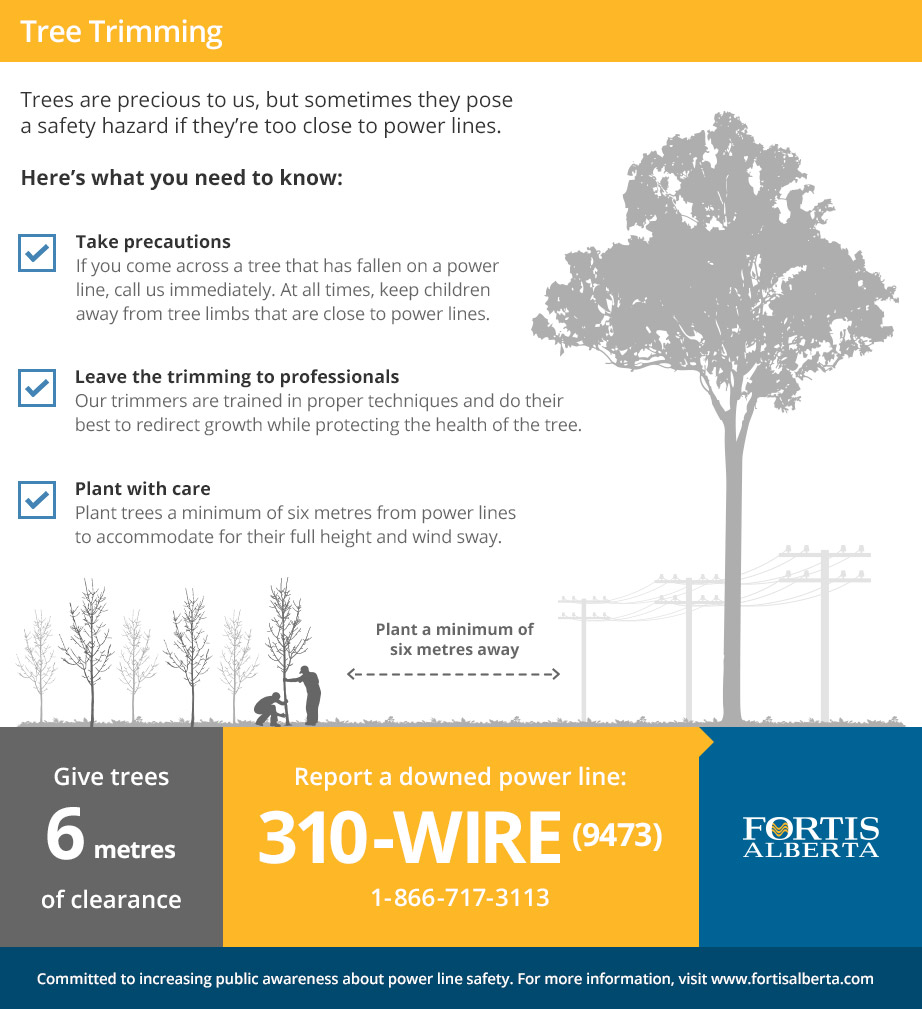Tree Trimming By Period: When And Exactly How To Trim For Maximum Development
Tree Trimming By Period: When And Exactly How To Trim For Maximum Development
Blog Article
Write-Up By-Barbee Huynh
When it pertains to seasonal tree trimming, timing and method are essential for your trees' health and development. Recommended Reading may be surprised at how much a basic cut can urge new life. Recognizing when to prune inactive trees versus blooming ones can make all the distinction. However it's not just about when; it's additionally regarding exactly how you do it. Let's check out the very best techniques to guarantee your trees flourish.
Recognizing the very best Seasons for Tree Trimming
When's the most effective time to cut your trees? The answer lies in understanding the periods. Late winter season to very early springtime is often perfect, as trees are still inactive. This timing minimizes anxiety and promotes much healthier growth when they stir up.
Nonetheless, if you're dealing with blooming trees, think about cutting right after their blossoms discolor. This guarantees you won't remove following year's flowers.
In summer, light cutting can aid keep form and get rid of any type of dead or diseased branches. Avoid heavy trimming during autumn, as trees are preparing for inactivity and could battle to recover.
Inevitably, recognizing your tree species and local climate will certainly lead your cutting routine. Pick sensibly, and your trees will certainly grow wonderfully year-round.
Crucial Pruning Strategies for Healthy And Balanced Trees
Trimming your trees efficiently is essential for their health and long life. Begin by utilizing clean, sharp tools to make accurate cuts, which aids protect against damages and condition.
Focus on eliminating dead, harmed, or crossing branches initially; this urges better air movement and sunshine penetration. When cutting, aim for an angle that promotes recovery and decreases the danger of rot. Always prune just outside the branch collar, the swollen location where the branch fulfills the trunk, to improve healing.
For young trees, form them by precisely trimming to develop a solid structure. Ultimately, avoid over- https://princewilliamliving.com/earn-an-accredited-high-school-diploma-at-prince-william-public-libraries-2/ ; removing excessive foliage can worry your tree.
Common Mistakes to Avoid When Trimming
Many house owners make essential mistakes while pruning their trees, which can bring about long-lasting damages.
One typical error is over-pruning, where you eliminate way too many branches simultaneously. This can emphasize the tree and prevent its growth.
https://how-to-remove-stumps-by-h62849.bloggactif.com/36617252/maintain-the-safety-and-security-and-charm-of-your-residential-or-commercial-property-with-experienced-tree-removal-and-discover-the-unanticipated-advantages-that-a-landscape-transformation-can-provide is using boring tools; sharp, tidy devices make cleaner cuts that recover quicker.
Do not forget to prune at the incorrect time of year; winter is often best for several varieties, while summer is perfect for others.
Additionally, prevent cutting branches as well near to the trunk or leaving stubs, as both can welcome pests and illness.
Finally, falling short to go back and assess the tree's overall form can lead to irregular development.
Keep these errors in mind for healthier, growing trees!
Final thought
To conclude, seasonal tree cutting is critical for your trees' health and development. By pruning at the right times-- late winter months for dormant trees and right after flowers for blooming ranges-- you'll urge vibrant vegetation and blossoms. Remember to make use of tidy, sharp devices and adhere to proper techniques to avoid damages. Stay clear of hefty pruning in the loss and stay free from typical errors. With these pointers in mind, you'll keep your trees growing all the time!
